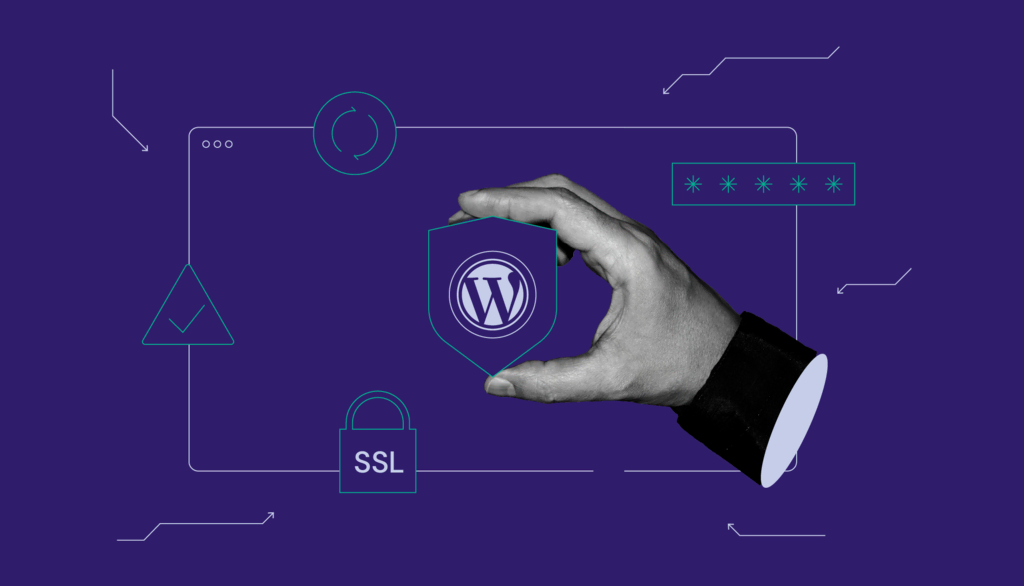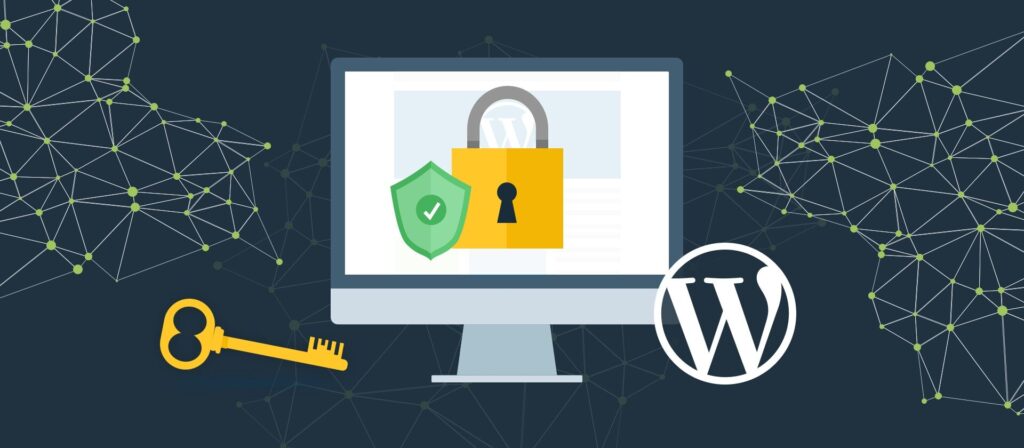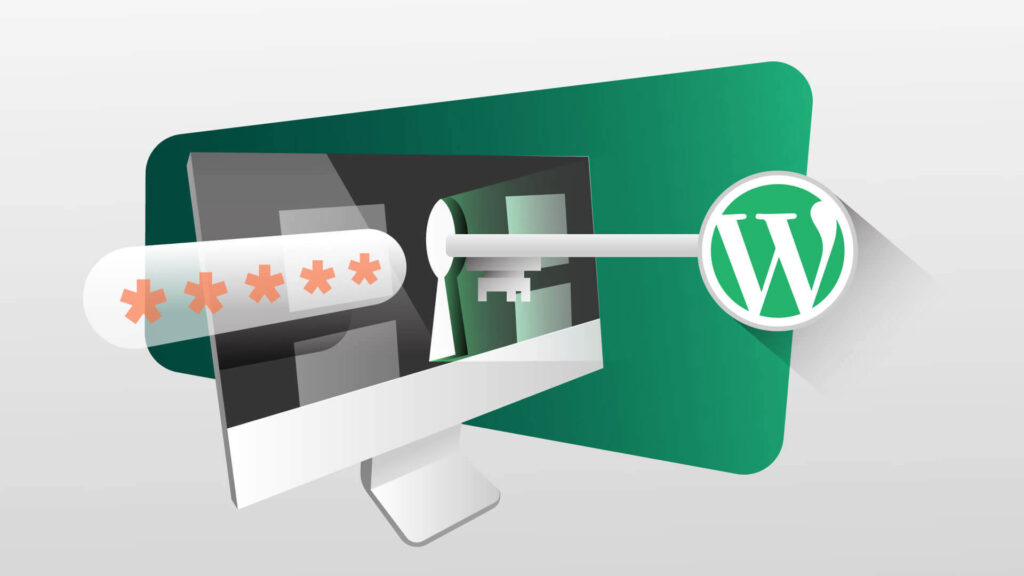
Tips for Securing Your WordPress Website: Essential Plugins and Practices
WordPress powers over one-third of all websites on the internet, making it a prime target for hackers and cyberattacks. Securing your WordPress website is essential to protect your data, maintain your reputation, and ensure the integrity of your online presence. In this article, we’ll explore some tips and best practices for securing your WordPress website, including essential plugins and proactive measures you can take to enhance your site’s security.
1. Keep WordPress Core, Themes, and Plugins Updated:
One of the most effective ways to secure your WordPress website is to keep everything updated regularly. This includes the WordPress core software, themes, and plugins. Developers often release updates to patch security vulnerabilities and improve performance, so it’s crucial to install updates as soon as they become available. You can enable automatic updates for WordPress core, themes, and plugins to ensure that your site is always running the latest, most secure versions.
2. Use Strong Passwords and Two-Factor Authentication:

Weak passwords are a common entry point for hackers looking to gain access to WordPress websites. Use strong, unique passwords for your WordPress admin account, FTP accounts, and database login credentials. Avoid using common phrases, dictionary words, or easily guessable passwords. Additionally, enable two-factor authentication (2FA) for an extra layer of security. 2FA requires users to provide two forms of identification – typically a password and a one-time code sent to their mobile device – before they can log in, adding an extra barrier against unauthorized access.
3. Implement Secure Hosting and File Permissions:
Choose a reputable hosting provider that prioritizes security and offers features such as firewalls, malware scanning, and regular backups. Additionally, set appropriate file permissions on your WordPress files and directories to prevent unauthorized access. Most hosting providers offer tools and control panels that allow you to manage file permissions easily. Restrict write access to sensitive files and directories, such as wp-config.php and .htaccess, to prevent them from being modified by unauthorized users.
4. Install a WordPress Security Plugin:
WordPress security plugins are valuable tools for monitoring and protecting your website from various threats, including malware, brute force attacks, and unauthorized access attempts. Popular security plugins such as Wordfence, Sucuri Security, and iThemes Security offer features such as firewall protection, malware scanning, login security, and security hardening options. Install a reputable security plugin and configure it according to your website’s specific security needs.
5. Enable Web Application Firewall (WAF) Protection:
A Web Application Firewall (WAF) acts as a barrier between your website and the internet, filtering out malicious traffic and blocking potential threats before they can reach your site. Many security plugins offer built-in WAF protection, while some hosting providers include WAF services as part of their hosting packages. Enable WAF protection to proactively defend your WordPress website against common security threats, such as SQL injection, cross-site scripting (XSS), and distributed denial-of-service (DDoS) attacks.
6. Regularly Backup Your Website:
Regular backups are essential for disaster recovery and data protection. In the event of a security breach, malware infection, or website compromise, having recent backups allows you to restore your website to a previous, clean state quickly. Many hosting providers offer automated backup solutions, but it’s also a good idea to implement an additional backup strategy using a WordPress backup plugin or third-party backup service. Store backups securely off-site, preferably in a remote location or cloud storage platform, to ensure they’re safe from potential server failures or data loss incidents.
7. Harden WordPress Security Settings:

WordPress offers various security settings and configurations that you can adjust to enhance your site’s security. For example, you can restrict access to sensitive files and directories using .htaccess rules, disable directory browsing, and limit login attempts to prevent brute force attacks. Additionally, consider implementing security headers, such as Content Security Policy (CSP) and X-Frame-Options, to protect against cross-site scripting (XSS) and clickjacking attacks. Review and adjust your WordPress security settings regularly to stay ahead of emerging threats and vulnerabilities.
8. Educate Yourself and Your Users:
Finally, education is key to maintaining a secure WordPress website. Stay informed about the latest security trends, vulnerabilities, and best practices by following reputable security blogs, forums, and industry news sources. Educate yourself and your users about common security threats and how to recognize and avoid them, such as phishing scams, malicious links, and social engineering tactics. By fostering a culture of security awareness and vigilance, you can empower yourself and your users to protect your WordPress website from potential risks and threats.
In conclusion, securing your WordPress website requires a combination of proactive measures, best practices, and ongoing vigilance. By following these tips and implementing essential security plugins and practices, you can significantly reduce the risk of security breaches, malware infections, and other cyber threats, ensuring the safety and integrity of your website and its data. Remember that security is an ongoing process, so continue to monitor and update your security measures regularly to stay ahead of evolving threats and vulnerabilities.